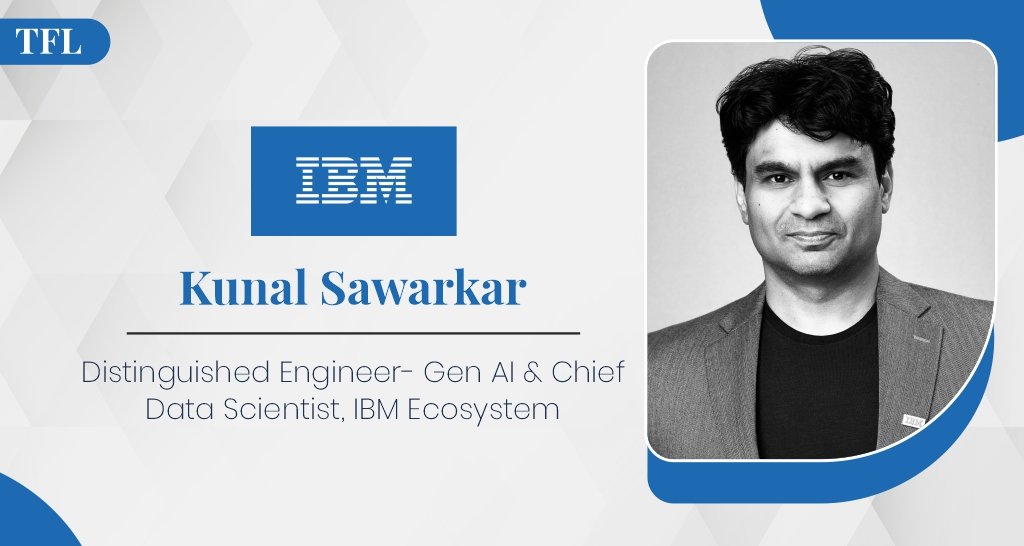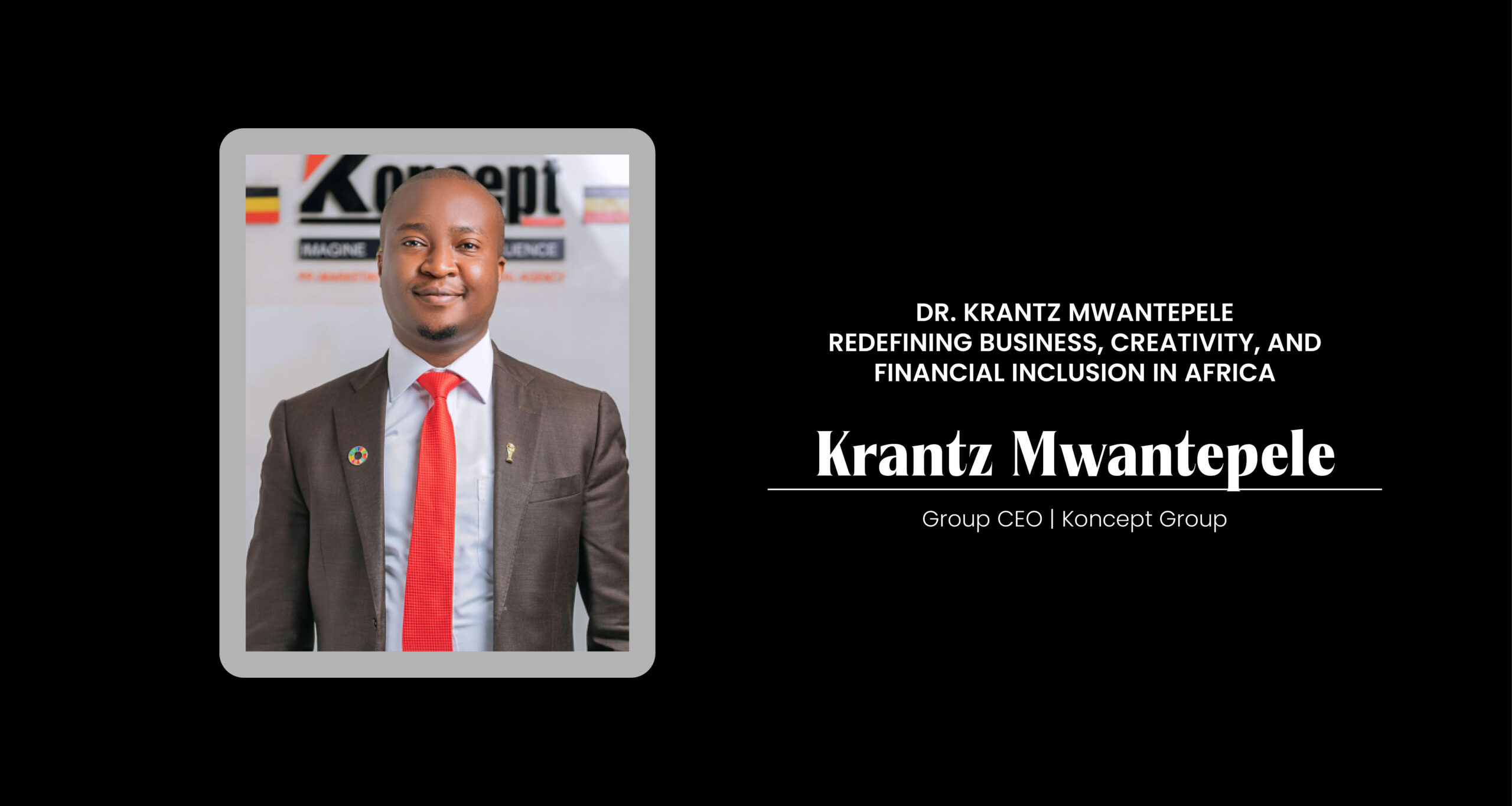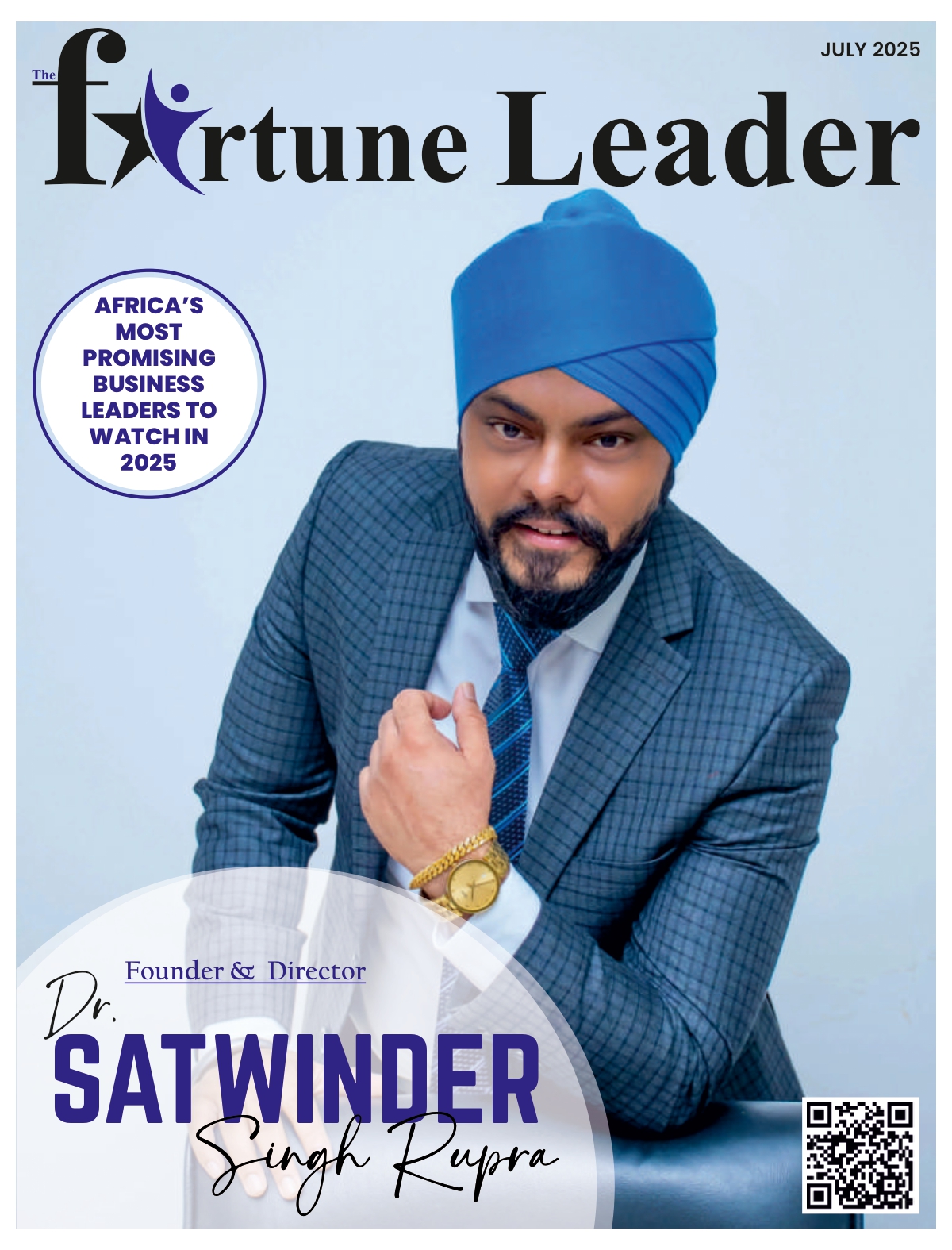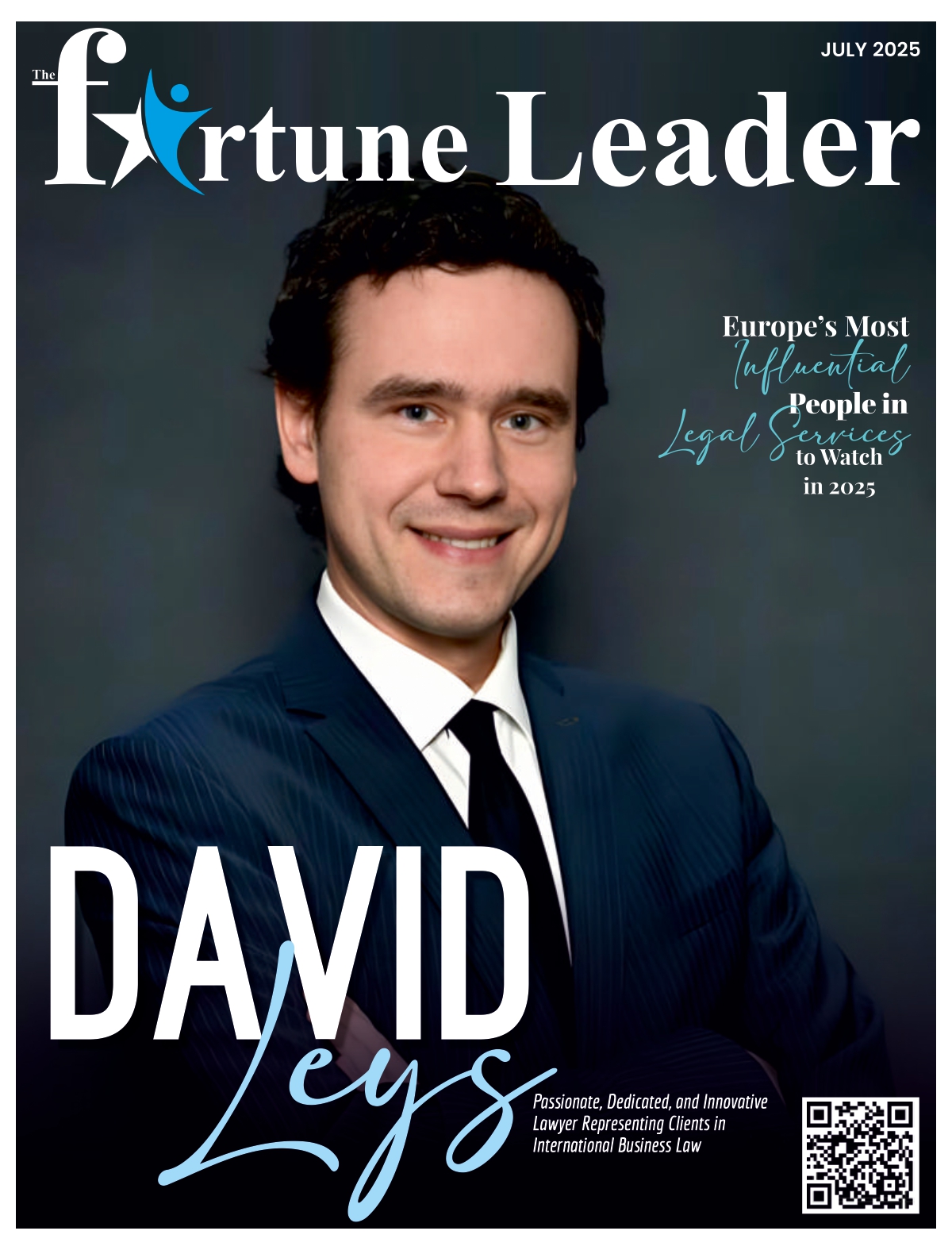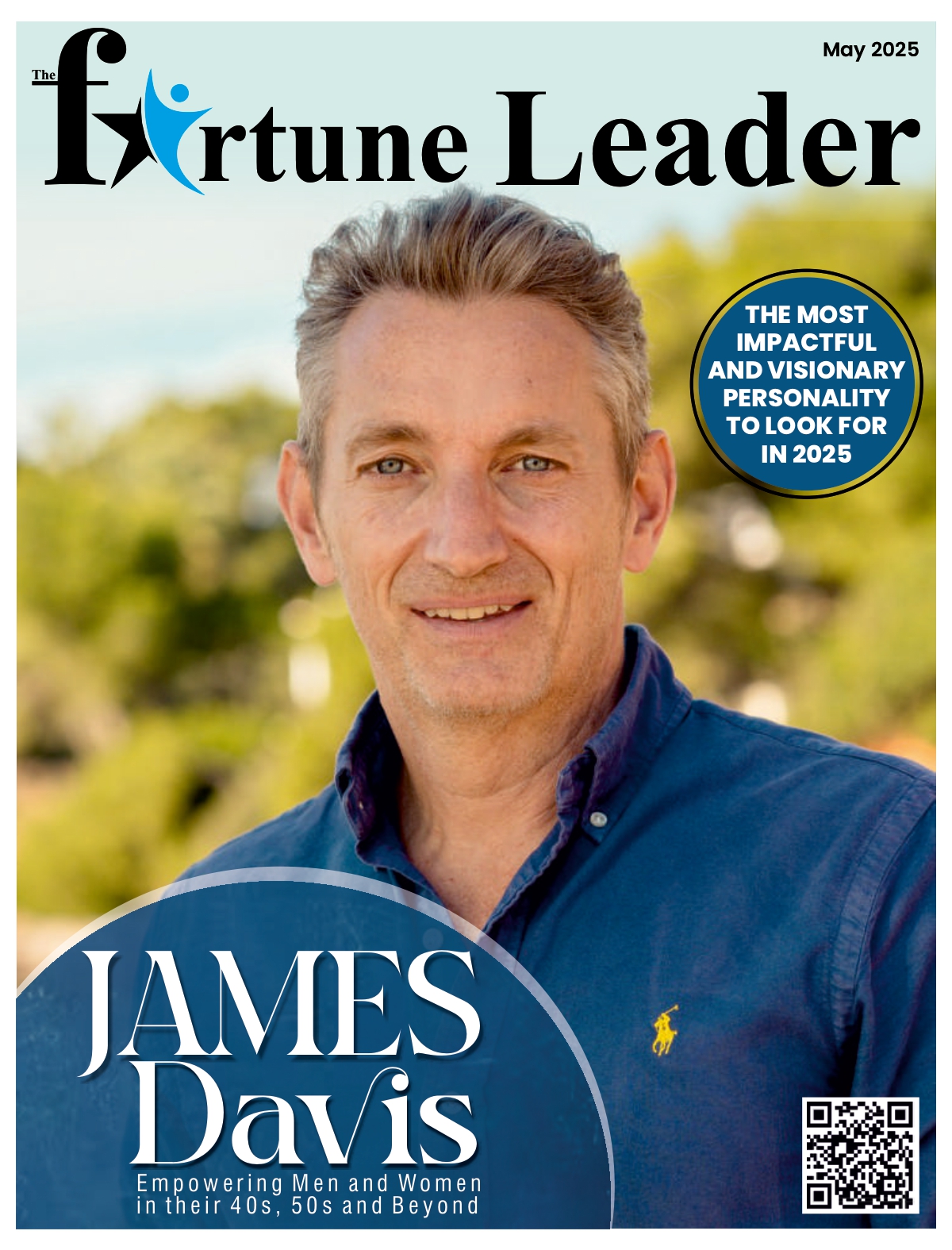IBM, with a 100-year history, is now focused on Hybrid Cloud and AI as the central pillar. The AI Partner Ecosystem plays a crucial role in its global strategy. Within the AI ecosystem, IBM acts as a build partner to conduct AI R&D for its partners, helping them embed AI into their software products. These partners range from large, strategic companies like SAP and Adobe to hundreds of startups just beginning their journey. The AI ecosystem serves as their engineering and R&D partner, not only co-creating but also co-investing and co-marketing.
The partner ecosystem has grown tremendously at IBM in the past couple of years, and with Generative AI, it has been geared towards enterprise AI, focusing on delivering ROI from AI and taking pilots to production.
My Journey
“I love rock climbing, hard hiking, and flying (as a trainee pilot). When not doing that, I do machine learning. I find the two personas quite compatible with each other, as both are always seeking new problems to solve, whether in the mountains or machine learning. Rock climbing is never about reaching the summit but finding the best path to get there. There are infinite ways to solve a problem, and the best path is often the hardest. As they say, ‘The harder the path, the more the fun!’ It’s those hard problems that are worthy of our passion, and I bring this same attitude to my work. Solving unsolved problems in machine learning and converting them into impactful products with positive impact on society and industry drives me.
I began doing Data Science long before it was considered the sexiest job in the industry, known back then as ‘Data Mining’ or by some obscure statistical programming term. My educational background reflects this journey. After a few years in the industry, I returned to school to get a master’s degree from Harvard University, focusing on applied statistics. This decision, at the time, was not driven by a future plum job but purely by my intellectual curiosity, as I found statistics to be at the core of every discipline (from psychology to astronomy) and a beautiful allegory to the game of chance and certainty that defines our existence in the universe. This has been pivotal in my career,” added Kunal Sawarkar, Chief Data Scientist, at IBM Ecosystem.
The Early Challenges
“Initially, as a young graduate, the challenge was finding what excited me in the tech world versus what would help me climb the corporate ladder. I chose to focus on Product R&D rather than IT consulting, changing companies until I found the right role with challenging projects. Later in my career, it was about finding projects worthy of significant AI investments. When I was starting in leadership roles, I found it challenging to convince executives of AI’s value and the need for substantial investment. The need for deep skills was crucial, as AI’s long development and production timelines test patience. Overcoming this involved demonstrating the tangible impacts and benefits of AI projects, along with creating a narrative that business leaders could relate to,” said Kunal.
My Role at IBM
“At IBM, as a Distinguished Engineer for Generative AI & Chief Data Scientist, I lead the AI Lab to build cutting-edge products. My AI Lab works with the worldwide partner ecosystem, embedding AI into tech companies’ products. We act as an external AI R&D partner, co-creating products and bringing them to market to find the product-market fit. I lead a worldwide team of data scientists, AI engineers, designers, and architects, sitting at the intersection of core research, product development, and market adoption functions to drive GenAI growth at IBM. As my AI Lab is focused primarily on the adoption of AI technology, we come across problems in AI that our partners (other large tech companies like SAP, Adobe, D&B, etc. as well disruptive AI Startups) find hard to solve themselves with their AI teams, and that’s where my organization steps in to act as a build partner for them. This approach has worked very well for IBM, as the revenue impact of the AI ecosystem has seen tremendous growth over the last few years, while also creating value for our partners by turbocharging their AI ideas to production,” added Kunal.
My Leadership Style
“When asked, my peers and teammates described my leadership style as ‘bold, meticulous, and decisive’…someone who knows the right thing to do and how to get things done. My leadership style involves pushing boundaries and employing Socratic thinking in decision-making, followed by executing decisions with focused determination. I advocate for moving fast by embracing bold, unprecedented actions.
As a leader, I always try to inspire my team by fueling intellectual curiosity and matching it to the second most important thing, which is ‘impact’—impact on business, society, and the field.
As a leader, I believe that hierarchy and creativity can’t co-exist. So, I tend to focus on ideas rather than on who they come from. Free exchange of ideas with radical candor goes a long way in ensuring success for the team. I am always asking them to think big and bold. I tell them “There’s no cost to imagining things—there are no rules of physics that you have to bend to comprehend an AI, and so keep challenging the status quo! “,” Kunal responded.
Innovative Strategy
“I revamped the existing operating model to foster a ‘move fast and make things’ culture. Having myself published over 20+ papers & patents in the ML, I focus on inspiring my team to make more original contributions to the field of AI.
Instead of large teams resulting in interaction overhead, I believe in ‘pizza- size’ teams for each areas—small, expert teams with laser focus. The new challenges bring a sense of volatility and complexity to my role, and I try to capture it with one word: ‘scaling.’ Can you scale to problems that have much more heterogeneous data structures, much more complex user inputs, and, of course, a much larger volume?
I strategically target mindshare to grow market share, transitioning from relationship-led to product-led growth, where open contributions are valued equally with client contributions.”
IBM Achievements Under My Leadership
“Over the years, I’ve founded multiple AI Labs, growing them into a large department with significant revenue impact and eminence. Under my leadership, we started AI mission for Ecosystem partners and achieved better- than-expected revenue impacts, becoming a first- mover AI products, and over a dozen patents that protect our competitive edge.
I focused on creating a narrative that specifically targets the partner ecosystem and is not a repackaged version of client-based products. This includes bringing new products like Watson NLP Libraries to market, which are designed around embedding AI and creating first-of-its-kind open-source GenAI middleware frameworks like SuperKnowa (for RAG), QueryCraft (for text-to-SQL), and JudgeIT (for evaluating GenAI). Designing products and SDK layers focused on embedding, with a narrative that targets not just business leaders but developers, has been a key transformation that I drove. This has proven effective with the hypergrowth we’ve seen from partners with their adoption of these enterprise-grade AI solutions.”
Personal Achievement
“My greatest achievement was building a passionate & committed team that was dedicated to the mission. Any success I’ve had is due to being lucky: finding the right challenges, having the support of family and health, and leading a team that trusts and dedicates 110% to my vision.”
Advice to the Young Entrepreneur
I also work as Startup Advisor since I spent most of my career acting as an in-house entrepreneur for large tech companies by starting new teams or Product R&D labs. As an entrepreneur, it’s crucial to find paths in ambiguity and set a crystal-clear vision. A leader’s job is to set the long-term vision for the stakeholders, the product, the business, and the team. Being agile and being focused are not antonyms, and a good leader can be firm on the goal while flexible on the details. Day-to-day management is about managing existing tasks, but growth comes from taking a holistic view, seeing the forest above the trees, formulating long-term visions, making bold decisions, and executing them effectively,” concluded Kunal.
Visit Kunal Sawarkar – LinkedIn Profile

